Climate science
-
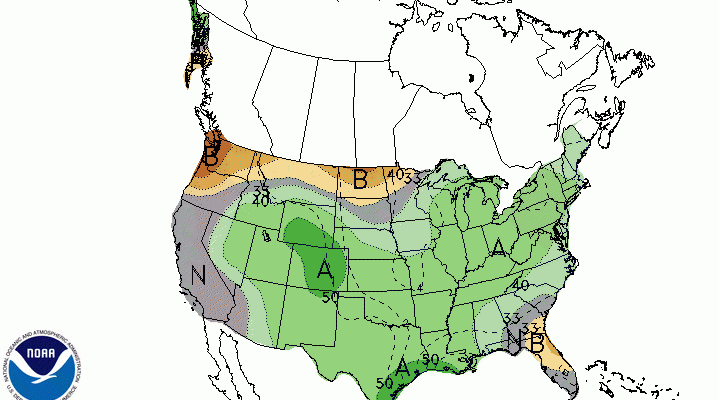
If you read this article from the USDA’s Northeast Climate Hub, the answer is a resounding yes. Long-range weather forecasts include the time period from about six to 14 days out, past the most reliable first few days of the weather forecasts, but not yet in the realm of chaos and inaccuracy. The article talks…
-
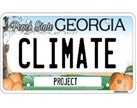
Every week I am featuring a different one of the 40 research questions about the impacts of changing climate in Georgia from the Georgia Climate Project Roadmap. Today’s question comes from the “Ecosystems in Georgia” section. As the climate gets warmer, we can expect to see changes in the ranges of some species, but don’t…
Posted in: Climate science -
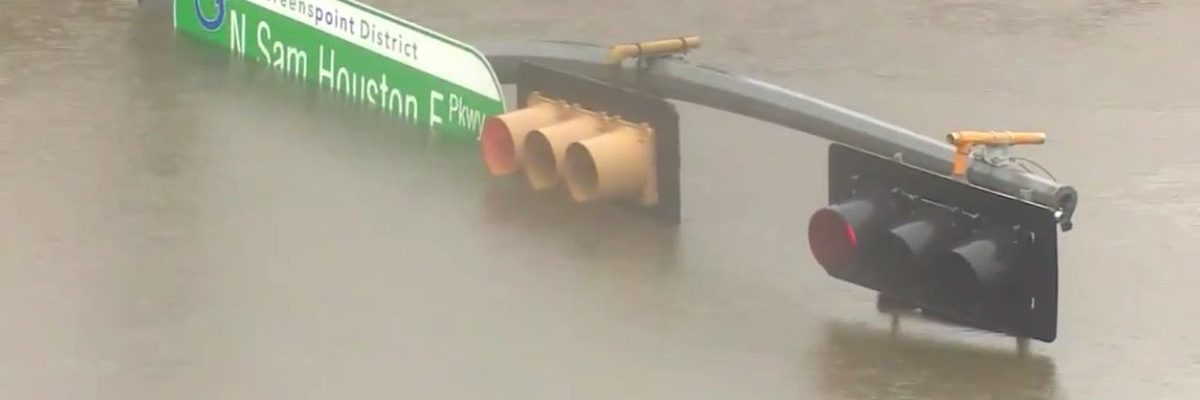
A new study in Nature this week showed results of research on the forward speed of hurricanes and how it has changed over time. A rough rule of thumb for the amount of rain dropped by a tropical system is to take 100 and divide it by the forward speed in miles per hour to…
-

This week’s research question from the Georgia Climate Project Roadmap comes from the section on agriculture. Since agriculture is the biggest industry in Georgia, the impacts of changing climate are going to hit our state’s economy hard but could also provide new opportunities for farmers to produce new crops or change their rotation strategies to…
-
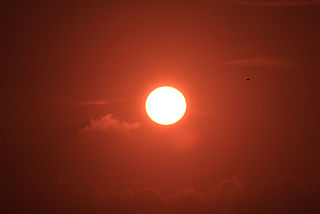
Every year we hear heartbreaking stories about children or pets that died in overheated cars. Some of them are accompanied by comments that people did not realize how hot the cars could get so quickly. Time magazine posted a story this week about how hot cars can get during heat waves or even in typical…
-
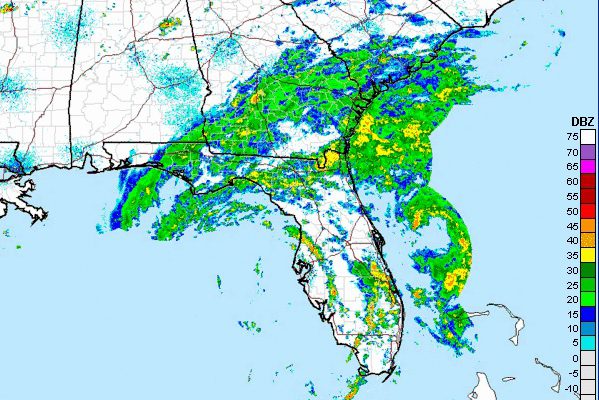
I am watching the rain shield from Subtropical Storm Alberto move through the Southeast this Sunday afternoon. Some of you are already getting wet from the bands of precipitation around the storm, especially on the east side (as usually happens). Others will see it start later today or tonight, and the rain will get worse…
-
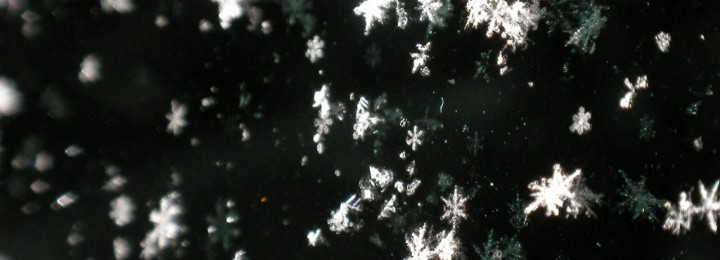
The earth has been around for about four and a half billion years, according to the best estimates of climate scientists. But in its early life, the planet was much different than is it now. This week an article in Nature discussed how it has changed and estimated when conditions were first right for snow…